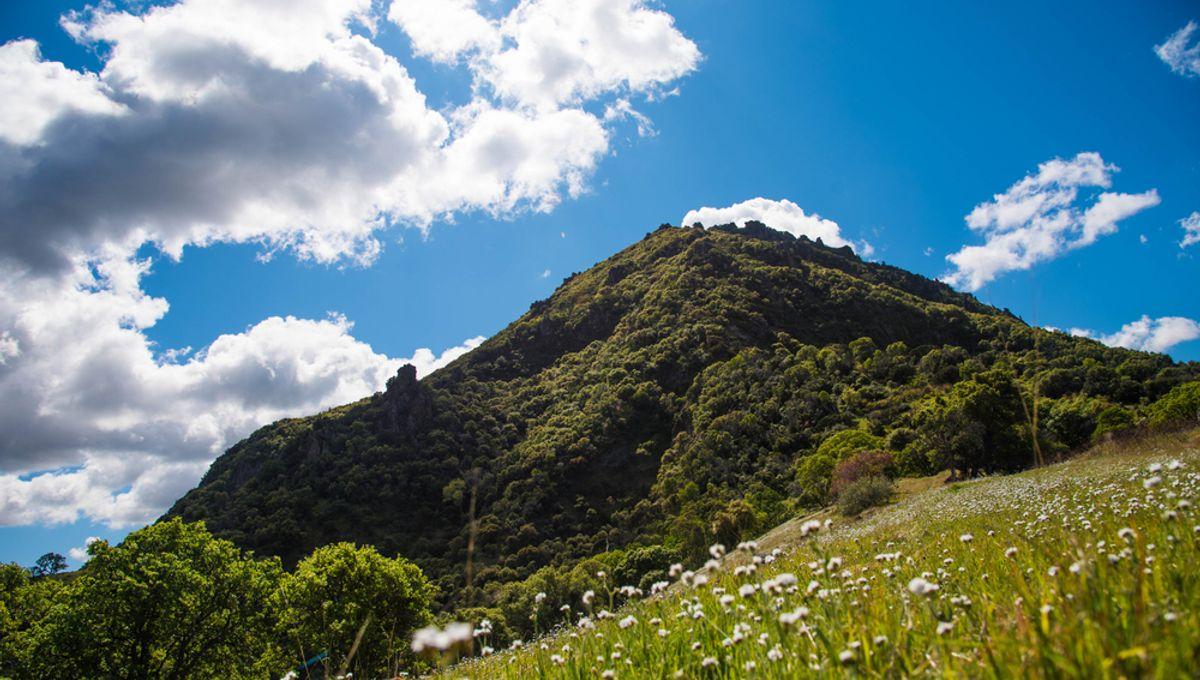Lying amongst the rice fields and walnut orchards of northern California is “the world’s smallest mountain” range: Sutter Buttes.
The relatively speaking diminutive range is situated 18 kilometers (11 miles) northwest of Yuba City and 80 kilometers (50 miles) northwest of Sacramento. Earning its (albeit unofficial) status as the planet’s dinkiest mountain range, it spans just 18 kilometers east-to-west (11 miles) and 16 kilometers north-to-south (10 miles). In contrast, the more famous Rocky Mountains carry on for a staggering 4,800 kilometers, stretching from the boreal forests of northern Canada to the deserts of northern Mexico. According to NASA, Sutter Buttes is what’s left of a volcano last active during the Pleistocene Epoch, some 1.6 to 1.4 million years ago. The range comprises three parts. The first, most central part, is a series of lava domes. These mounds are created when viscous lava erupts and, thanks to its slow-moving properties, form piles on the volcano’s surface. Next is a “moat”-like structure, which is formed as old rocks exposed to the elements are eroded over time. Beyond this is an apron consisting of fragmental material such as rock, ash and other debris produced during intermittent eruptions of the lava domes and then transported out of the central core by pyroclastic flows (hot and gas-driven flows) or lahars (slow and water-driven flows). At its peak, Sutter Buttes stands just 610 meters (2,000 feet) tall. This means it would be dwarfed by the Rockies, which reach heights of 4,400 meters (14,438 feet) (4,40 meters) above sea level. But is it really the world’s smallest mountain range? That might depend on who you ask. In 2019, the volcanologist Rachel Teasdale told Juloa Maldonado reporting for North State Public Radio that “mountain range” is an informal description of Sutter Buttes and geologists do not keep a record of the world’s smallest range. Regardless of whether it is technically the world’s smallest range, it holds a strong significance for Native Americans living in northern California. According to Atlas Obscura, the Maidu people believe the spirits of the dead rest at the site before completing their journey to the afterlife. It is for this reason – and the controversial history of its namesake, John Sutter – that there are currently efforts to rename the site to reflect its spiritual importance.





